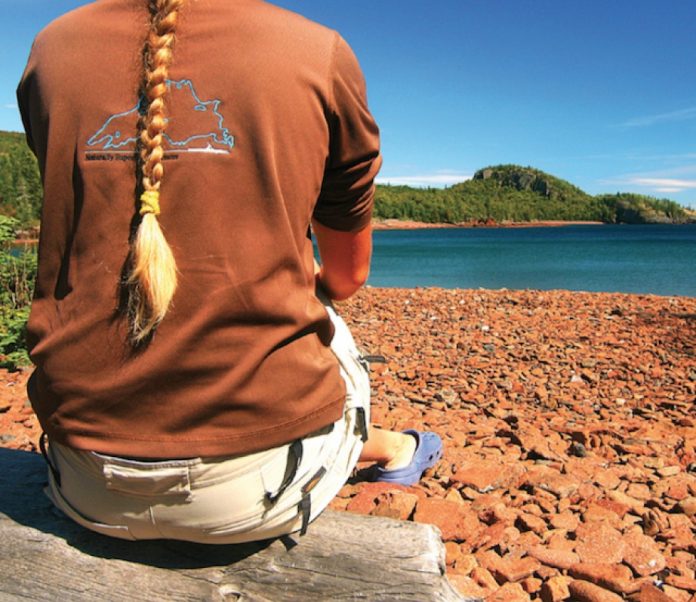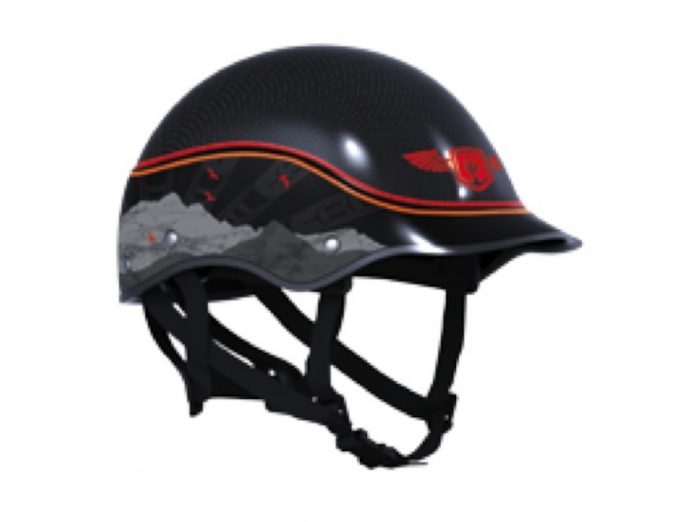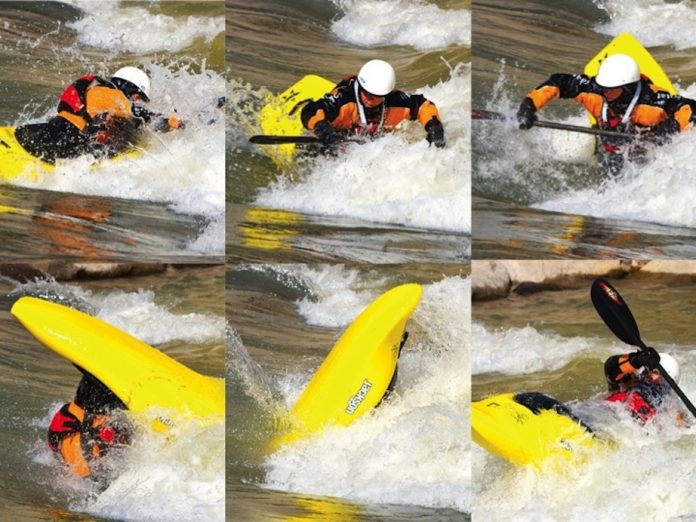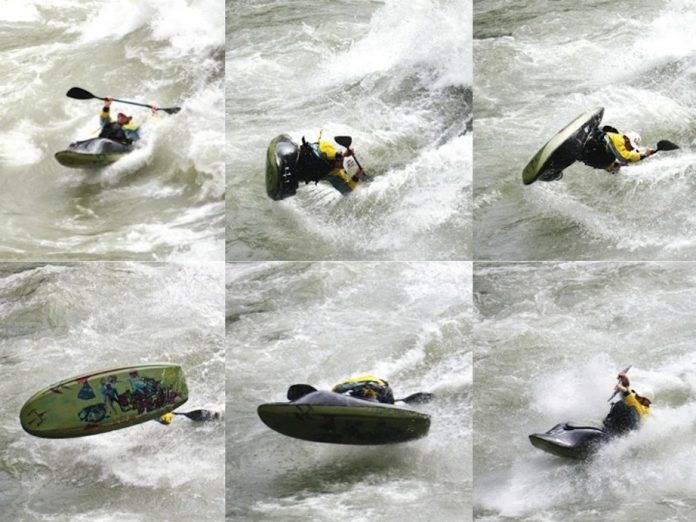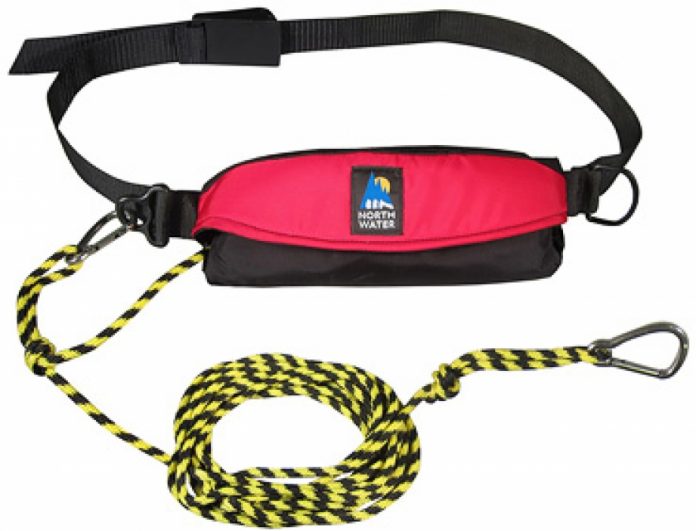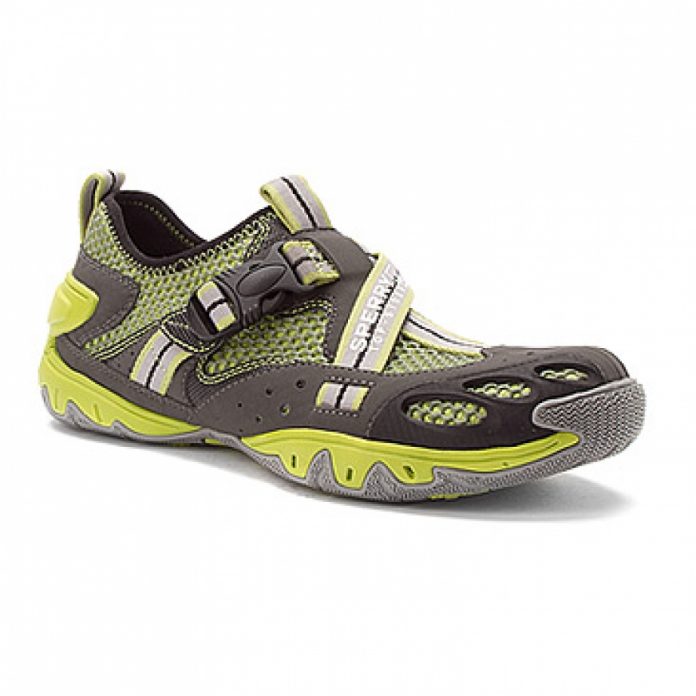A handful of well-publicized shark encounters in the waters off some of our favorite coasts have left sea kayakers watching their dorsals. Headline stories like Great White Shark Menaces Kayakers suggest “a disturbing trend” of increasing attack frequency in paddling hotspots like Southern California and Australia’s Surf Coast.
Reality is a lot less sensational. According to statistics from a six-year period analyzed by the University of Florida’s International Shark Attack File, beach attendance and shark attacks increased in nearly exact parallel. The so-called trend likely reflects the increasing number of paddlers on the water rather than a rise in aggressive behavior among shark populations.
Still, there’s undeniable drama in such reports. Witness expedition paddler Sean Morley’s terrifying pursuit—“it was like a cat with a mouse”—by a suspected blue shark on his solo crossing in SoCal’s Channel Islands. Or the great white, also in California, that chomped local distance paddler Duane Strosaker’s wooden kayak and held it in its jaws for a few seconds before “gently letting go.”
Encounters vs. attacks
Victoria Scott, a marine biologist, experienced shark diver and Director of Education with the Canadian Shark Conservation Society, says “shark encounter” is a more precise way to describe these marine muggings. “Sharks are incredibly effective hunters. If one was to attack a sea kayaker there is no doubt the shark would win every time,” she says.
The two most common culprits in shark attacks and encounters—great whites and tigers—hunt from below. To these sharks, a sea kayaker on the surface may look like a seal or sea lion. Scott says sharks will usually investigate before deciding to attack. This is where the bumping and sometimes nibbling come in. Sharks use their mouths to determine if something is potentially edible. Kayaks, and even humans, are usually discarded as not tasty.
Strosaker’s encounter was a classic example of this bite and test behavior. “There wasn’t a hard impact… its mouth wrapped halfway around the hull. It seemed relaxed,” Strosaker recalls.
Do sharks attack kayaks?
Though they are rare, true shark attacks on kayaks do happen. According to the Global Shark Attack File, 21 have been recorded since the early 1900s. The only fatalities in that period were Malibu, California, paddlers Tamara McAllister and Roy Stoddard, who may have paddled into an area where sharks were feeding and been confused with prey.
How to avoid a shark encounters
Practice these precautions to stay shark-safe: Avoid blood in the water and slicks from fishing boats. Keep away from cloudy river mouths and suspect waters at dusk and dawn—prime hunting times. To avoid being mistaken for a meal, stay away from large groups of fish, seals or sea lions.
If you do see a shark, don’t try to paddle away. Your splashing paddle could make you look like an injured seal and attract more attention. If a shark is becoming aggressive, a sharp rap on the snout with your paddle may deter it.
“The very remote possibility of a shark encounter should not outweigh the adventure and beauty of paddling on the ocean,” Scott summarizes. “If you are investigated by one of these animals, paddle away with the knowledge that you have experienced something very special.”



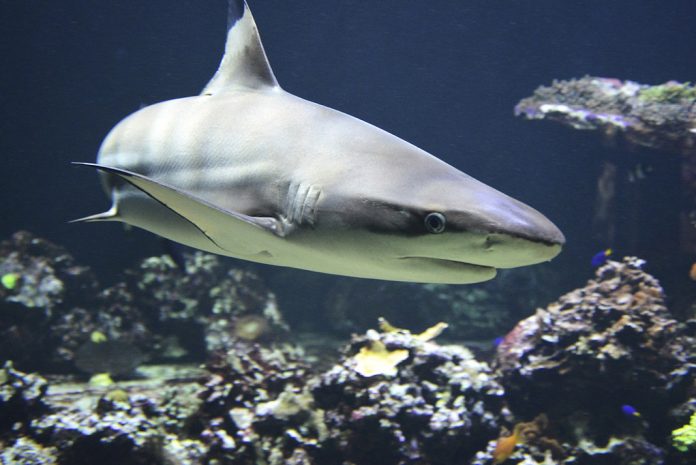
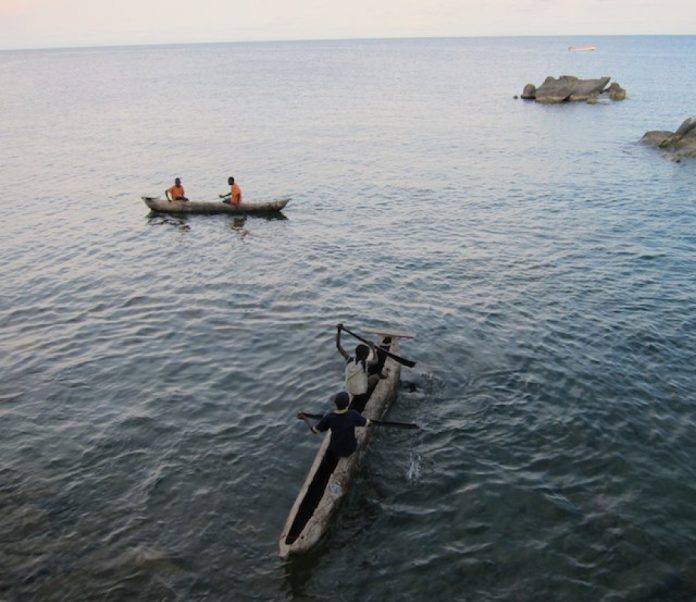
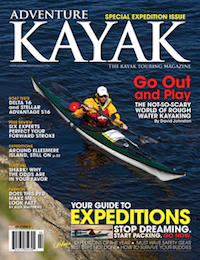 This article first appeared in the Early Summer 2011 issue of Adventure Kayak Magazine. For more great content, subscribe to Adventure Kayak’s print and digital editions
This article first appeared in the Early Summer 2011 issue of Adventure Kayak Magazine. For more great content, subscribe to Adventure Kayak’s print and digital editions 